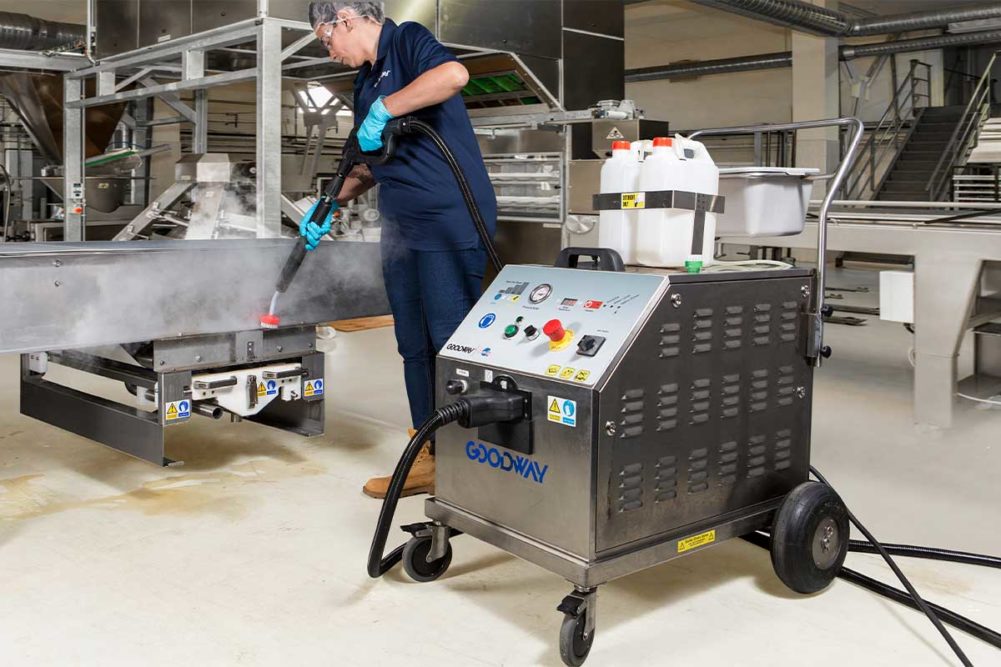Karl Thorson, global food safety and sanitation manager, General Mills, Minneapolis, is waging a war on water. It can create problems in bakeries and is often unnecessary when it comes to keeping equipment and other parts of the facility clean, or at least not needed in large quantities. Using less water also helps companies reach sustainability goals.
“Most of the recalls I read about related to pathogens, there’s some component of uncontrolled water,” he said. “They’re using water where they shouldn’t, there’s condensation, there are roof leaks, water drainage issues, all of these things that lead to food safety issues.”
Too often he finds facilities using too much water for a cleanup job. Or using water where another method could handle the job.
“If I spill some syrup or batter on my counter, what do I do? I go wipe it up,” Mr. Thorson said. “If I’m in a plant, I bring out the hose with massive amounts of water and then heat that goes with that, spread the soil all over, get it on the floor, get it all around, and now I’ve spread that cleaning process to an extreme amount of surface area.”
At Aspire Bakeries, Los Angeles, water reduction begins with educating employees about the need to preserve the resource, especially with the company’s California bakeries under drought mandates, said Barry Edwards, vice president, corporate responsibility and sustainability.
Employees responded enthusiastically to Aspire’s contest asking for ideas about how to reduce water usage, many of which were adopted by the company, such as ensuring hand-washing stations don’t run for too long.
“Sometimes it’s little things, but they all add up to big things,” Mr. Edwards said. “So creating awareness is probably the most important thing you can do because then people start to point out when something is leaking or not being turned off when it should be.”
Although water is needed for sanitation and food safety, the company uses tools like lower gallon per minute nozzles on hoses, dry scraping equipment and dry steam equipment, which can give the bakery the same cleanliness using 95% less water, Mr. Edwards said.
“Many bakeries are now looking at a system like Apana,” he said. “It’s a whole system where you submeter all of your water uses in the bakery, and they connect in real-time. With real time monitoring and alerts, there is a guaranteed 20% to 25% reduction in your water usage because you’re able to see things right away.”
This article is an excerpt from the August 2022 issue of Baking & Snack. To read the entire feature on Sustainability, click here.





